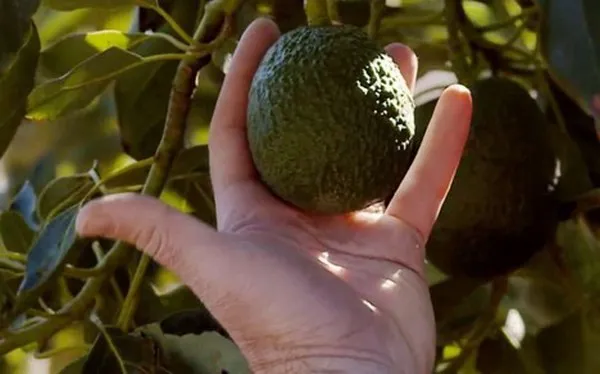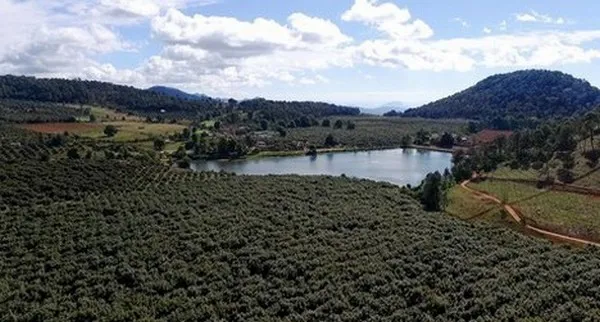Supplies of avocados in the U.S. are ample given the significant size of the Mexican crop.
“Looking at Mexico, supplies aren’t going to be an issue for the next six months,” says Keith Slattery of Stonehill Produce Inc. in Capistrano Beach, CA. Slattery notes that in Michoacán, the ‘flora loca’ crop is on right now though picking fruit is slightly behind. The crop is transitioning however into the normal crop and that fruit is just starting to be offered. “So we’re not expecting any supply gap and that the numbers will build on top of themselves. We’re up about 10 percent over last year.”
Because that fruit is later to be picked, it’s sizing larger for now. “The loca offered right now could have been picked as far back as six to eight weeks ago and time on the tree has let that fruit grow,” says Slattery. He expects the fruit will trend larger as production moves through the crop and smaller sizes may be a struggle to access. “From a promotional standpoint, we’re telling our customers to think 48s and larger if you’re going to promote,” he adds.

California almost done
This comes at a time when California is wrapping up its crop, which was estimated at 369 million lbs. this season. “They’re just over 95 percent picked,” says Slattery. “This week they’re projecting moving 3 million lbs., then 1.8 million lbs. next week and the following week, less than a million.”
Peru has also wrapped up for the season—it’s estimated it shipped 172 million lbs. into the U.S. “Last week they shipped 94,000 lbs. and that’s basically two containers so they’re done as well,” adds Slattery.
That leaves Mexico as the dominant producing country, with the exception of a small bit of potential volume from Chile. “It’s an incentive-based deal where if prices are high here, we’ll see more Chilean fruit. If prices stay in mid-ranges, we may get up to 10 million lbs. spread out over time,” says David Billings, also of Stonehill.
As for demand, some shifts have taken place in the demand for avocado. “Since COVID hit, we’ve kept demand up around 50 million lbs. a week. The last couple of weeks have dipped down a little bit. But this week we’re on track for around 48 million lbs,” says Slattery.

Some foodservice demand returns
And that is with the changeover in foodservice demand. Pre-COVID, Slattery notes that foodservice demand accounted for approximately 30 percent of overall demand, a loss that was felt initially. However, approximately 15 percent of that demand has returned. “And retail has been able to absorb the difference and has kept the demand over where we were pre-COVID-19.”
Billings believes that demand may stay in the high 40 million lbs./weekly level for the coming weeks given the seasonal changes avocados are about to face. “It’s a typical seasonal pattern with a lot of fall items competing for space in the produce section,” he says. “I think associations such as Avocados from Mexico are trying to keep the ball rolling on movement during Halloween, Thanksgiving, etc. But these events do take attention away from avocados.”
Even with those seasonal patterns, Billings sees the increased retail demand offsetting the drop in foodservice as a long-term benefit. “Consumers have figured out how to do their own avocado toast,” he says. “Long term, that’s positive that they’re using them, ripening them and becoming comfortable with them. It takes away the fear over purchasing them.”
Even so, pricing is lower than last year at this time and that’s reflective of the larger crop. “That typically goes in cycles. The loca crop is a bit larger than last year’s so it’s taking time to get through it. That said, we’re about 37 million lbs. above where we were last year in terms of total shipments, even with COVID-19,” says Billings. As the crop moves onwards, pricing may firm up though Billings says it likely won’t see the skyrocketing prices that have been seen in past years.
For more information:
Keith Slattery
David Billings
Stonehill Produce Inc.
Tel: +1 (949) 488-9613
slattery@stonehillproduce.com
www.stonehillproduce.com
